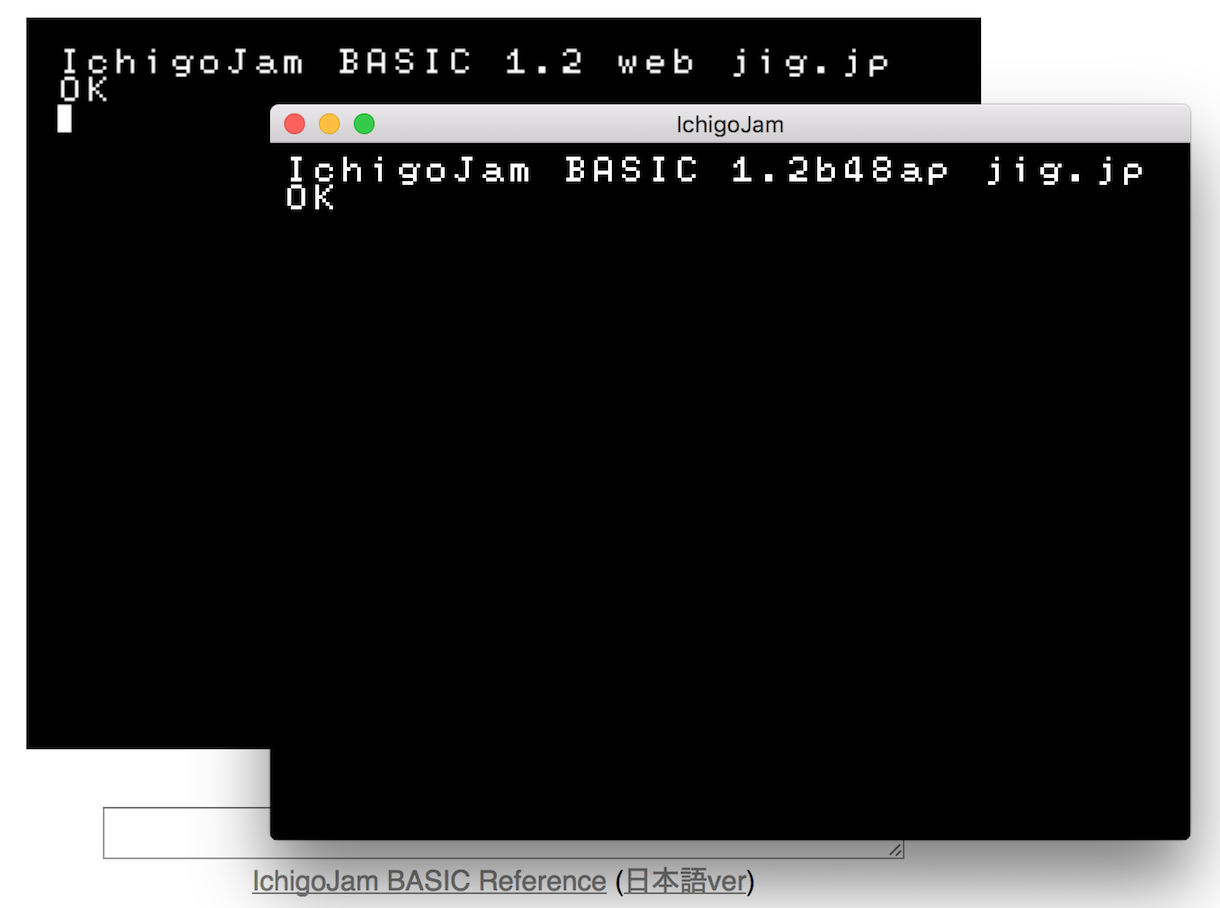Understanding the Concept of Loan Compliance

본문
Loan compliance and regulation refer to the set of rules and guidelines that financial institutions|organizations such as banks and lenders|financial institutions must follow when providing loans to borrowers. These regulations are designed to protect consumers and promote fair lending practices by ensuring that lenders treat all borrowers equally and fairly.

The need for loan compliance and regulation arises from the fact that the lending industry is highly complex and involves significant amounts of money. Without proper regulation, lenders may engage in abusive or discriminatory practices, which can harm borrowers and undermine the stability of the financial system.
Some of the key areas of loan compliance and regulation include:
- Truth in Lending Act (TILA): This law requires lenders to disclose certain information to borrowers, such as the interest rate and fees associated with the loan. TILA also limits the amount of certain fees that lenders can charge|TILA also sets limits on certain fees and charges.
- Fair Credit Reporting Act (FCRA): This law regulates the use of credit reports and scores in lending decisions. It requires lenders to verify the accuracy of credit information and to provide borrowers with a fair and unbiased credit decision|The FCRA ensures lenders verify credit information accurately.
- Equal Credit Opportunity Act (ECOA): This law prohibits lenders from discriminating against borrowers based on certain characteristics, such as age, sex, or national origin|The ECOA prohibits discriminatory lending practices.
- Consumer Financial Protection Bureau (CFPB) regulations: The CFPB is a government agency responsible for regulating consumer financial products and services, including loans. The CFPB regulates lenders to ensure that they comply with federal and state laws and regulations|The CFPB enforces federal and state laws.
The benefits of loan compliance and regulation include:
- Fair treatment of borrowers: Loan compliance and regulation ensure that borrowers are treated fairly and equally, regardless of their characteristics|Loan compliance promotes fair treatment.
- Increased transparency: Lenders are required to disclose certain information to borrowers, making it easier for them to make informed decisions|Lenders disclose necessary information.
- Reduced risk: By following established guidelines and regulations, ソフト闇金スマコンなら即日スピード対応 lenders can reduce their risk and avoid costly lawsuits and penalties|Following regulations reduces risk.
- Enhanced reputation: Compliance with regulations can boost a lender's reputation and increase customer trust|Compliance enhances reputation.
- Train staff on regulations and compliance requirements|Educate staff on regulations.
- Develop and implement policies and procedures to ensure compliance|Develop policies for compliance.
- Monitor and audit loan files to identify potential compliance issues|Monitor loan files for compliance.
- Stay up-to-date with changing regulations and laws|Keep regulators informed.
- Engage with regulators and industry experts toStay informed about compliance requirements.

댓글목록0
댓글 포인트 안내